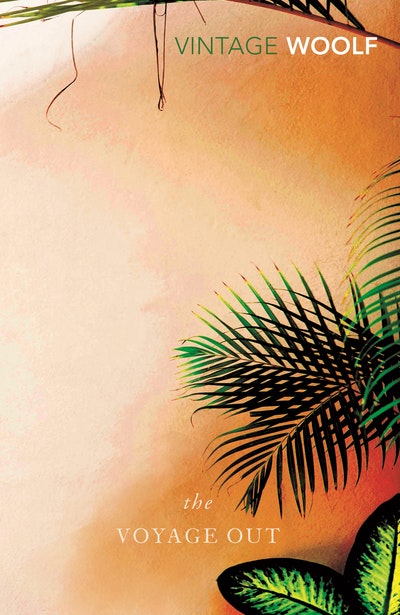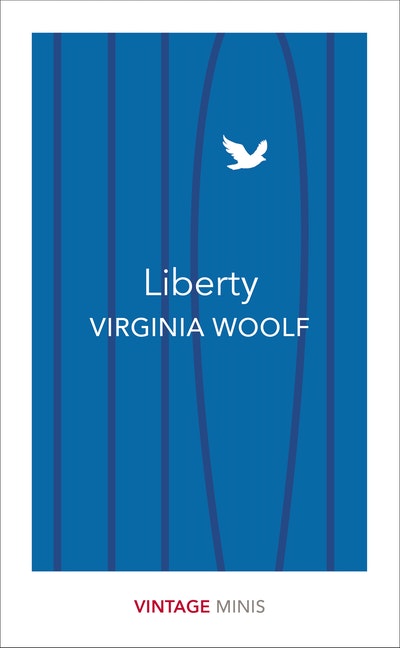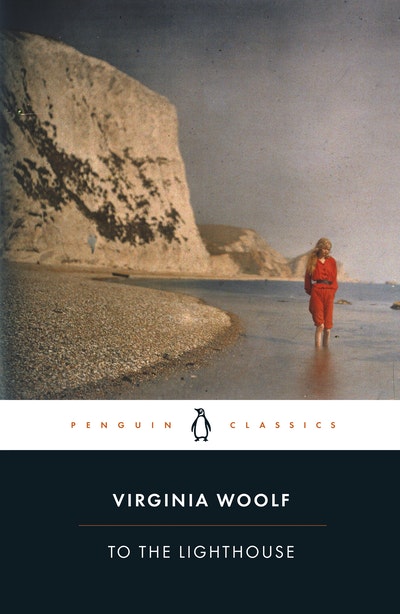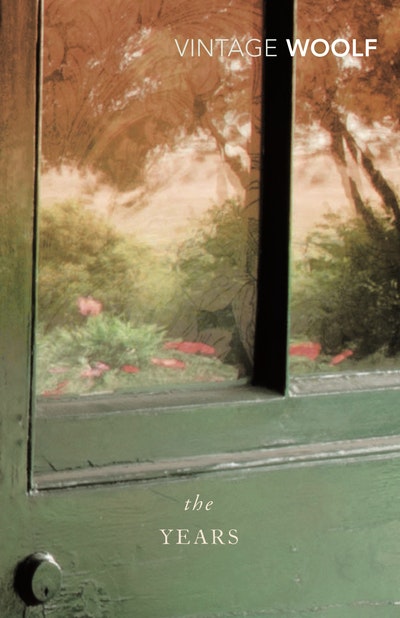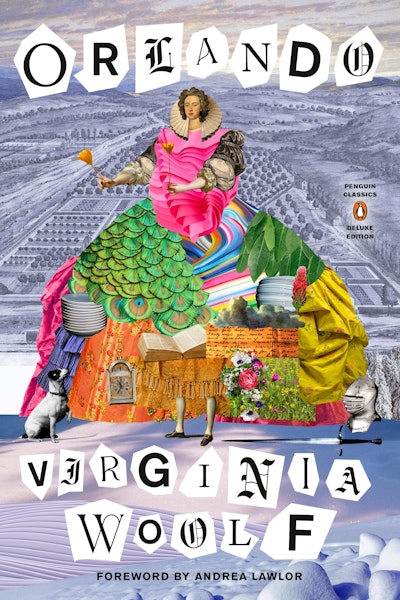[]
- Published: 3 April 1992
- ISBN: 9780099982906
- Imprint: Vintage Classics
- Format: Paperback
- Pages: 432
- RRP: $40.00
The Voyage Out
Formats & editions
Buy from…
- Published: 3 April 1992
- ISBN: 9780099982906
- Imprint: Vintage Classics
- Format: Paperback
- Pages: 432
- RRP: $40.00
Done with something startling like genius - in its humour and its sense of irony, the occasional poignancy of its emotions, its profound originality
Observer
It is absolutely unafraid... Here at last is a book which attains unity as surely as Wuthering Heights, though by a different path
E. M. Forster
